In the grand tapestry of the universe, where we are but a single stitch, the search for life beyond Earth feels both audacious and intimately human. It’s like wondering if your neighbor across the street is also obsessed with binge-watching true crime documentaries—only, in this case, the street is a few light-years wide. So, which celestial bodies have the audacity to harbor life forms sipping on cosmic lattes or pondering their own existence?
1. Proxima Centauri B
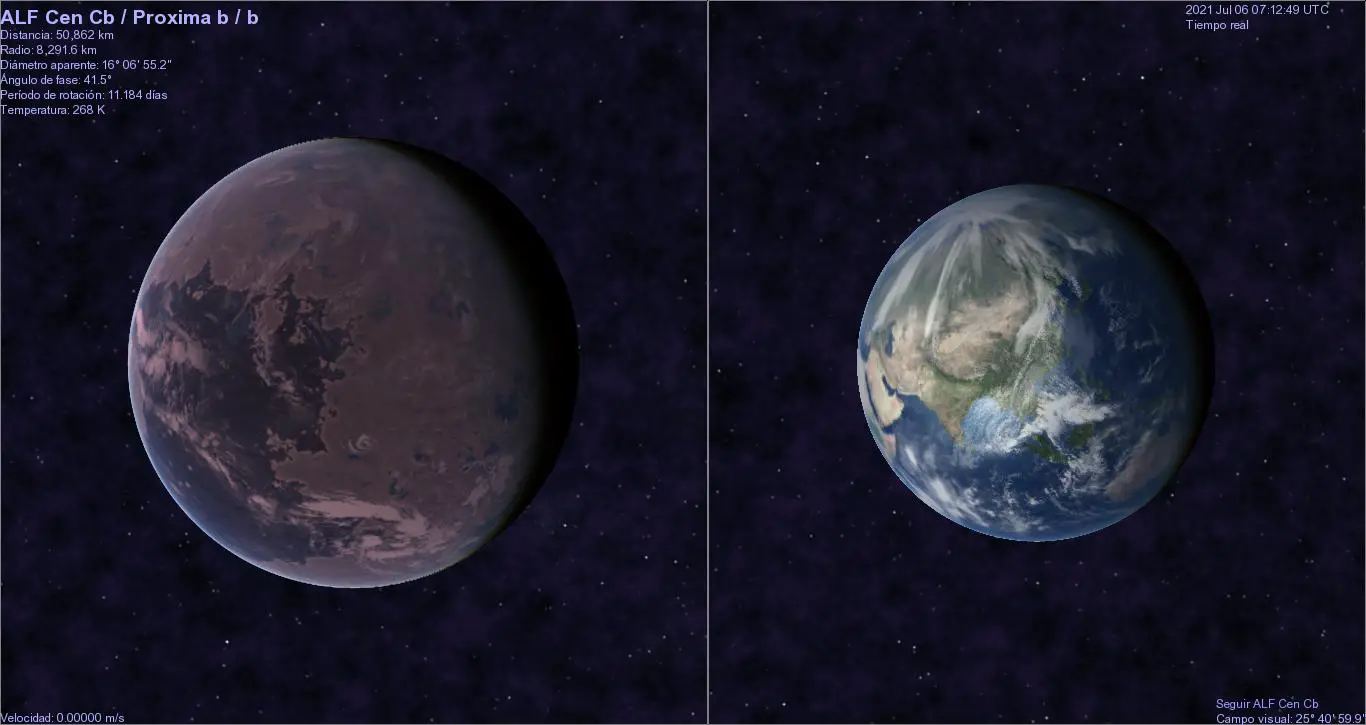
Imagine a planet as close to us as a celestial sibling, yet cloaked in mystery. Proxima Centauri b, orbiting our nearest star neighbor, is that sibling. Its close proximity to the habitable zone sparks imaginations of alien life thriving in conditions just right for water—and maybe even beings questioning their own cosmic placement. According to Dr. Guillem Anglada-Escudé, who led a study published in Nature, this planet flaunts “just the right distance for liquid water,” making it a tantalizing subject for further exploration.
While its star, Proxima Centauri, may be a fiery parent prone to tantrums of radiation, the planet possesses a resilience that keeps us intrigued. What if its inhabitants have evolved beyond our wildest imaginations to withstand the rays that pierce their skies? Could they be observing us, their distant cousins, grappling with our own existential dilemmas? It’s a bold invitation to imagine the unimaginable, right across the cosmic street.
2. Kepler-452b
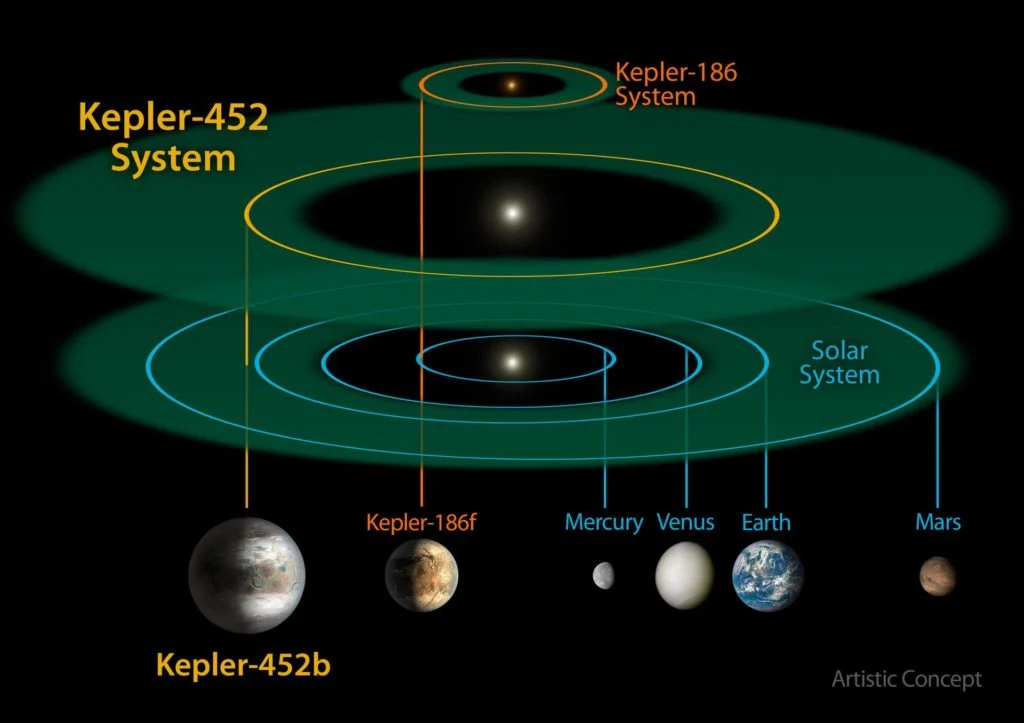
Perched in the cosmos like a reflection of our own Earth, Kepler-452b teases us with its familiar allure. It’s often dubbed “Earth’s cousin” for its similar size and orbit within the habitable zone of its star, prompting questions about its potential to support life. Picture a planet where lush, alien forests may rustle with whispers of wind, echoing the secrets of an ecosystem we’ve yet to meet. Is there a civilization erecting monuments to their own understanding of stars?
But familiarity breeds not just comfort, but a certain delicious tension. Kepler-452b sits at a distance where reality blurs with science fiction, where the lines between what we know and what we yearn to discover are delightfully blurred. It’s a world that asks if our dreams of extraterrestrial life are just projections of ourselves, or if they hold a mirror to realities beyond our reach. Could their sky hold constellations that guide their own voyages of discovery?
3. Trappist-1e
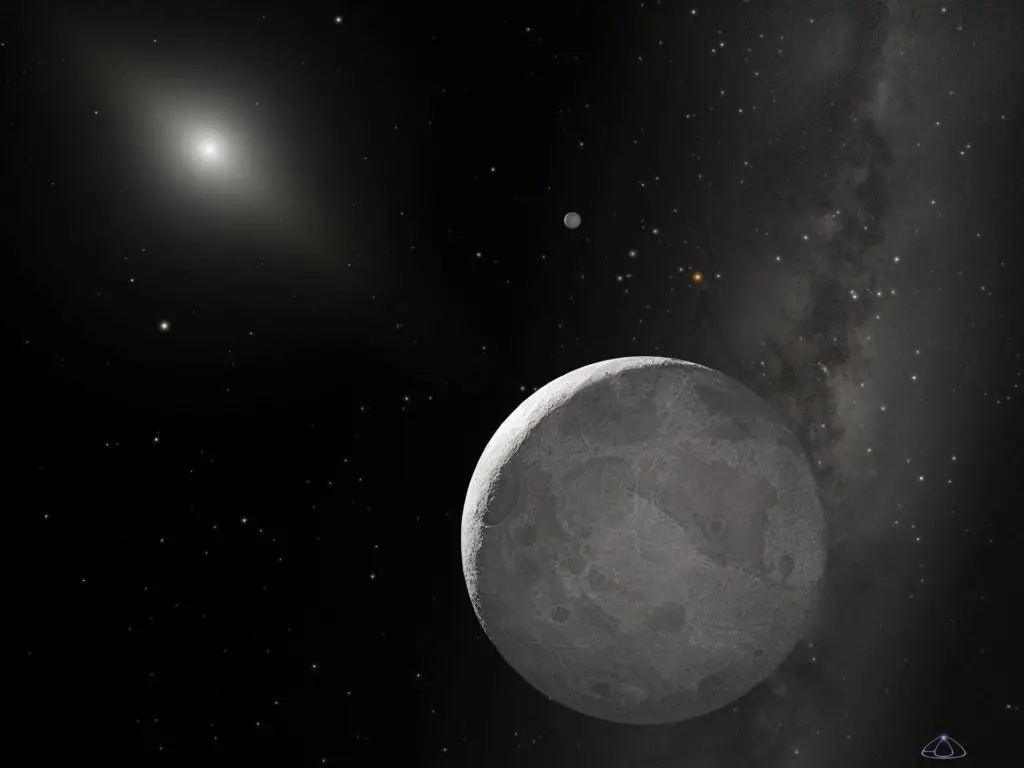
Enigmatic and beguiling, Trappist-1e is part of a compact solar system that’s a veritable interstellar curiosity cabinet. With seven Earth-sized planets locked in a gravitational dance, it challenges our assumptions about what a habitable world looks like. Trappist-1e, the most promising candidate for life, sits within the temperate zone, raising our collective eyebrows with its potential for liquid water. As noted in a study by Michaël Gillon of the University of Liège, this planetary arrangement is “unlike anything in our solar system” and tantalizingly ripe for life.
Here, in the quiet spaces between planets, we imagine life forms that have mastered the art of balance. Perhaps they have created a society that thrives on cooperation, their proximity fostering a sense of unity we can only dream of. Are they gazing at the sky, weaving myths about their neighboring planets, each with its own unique story and signature? This is a world that forces us to reconsider our own paradigms and the boundless possibilities of life.
4. LHS 1140 b
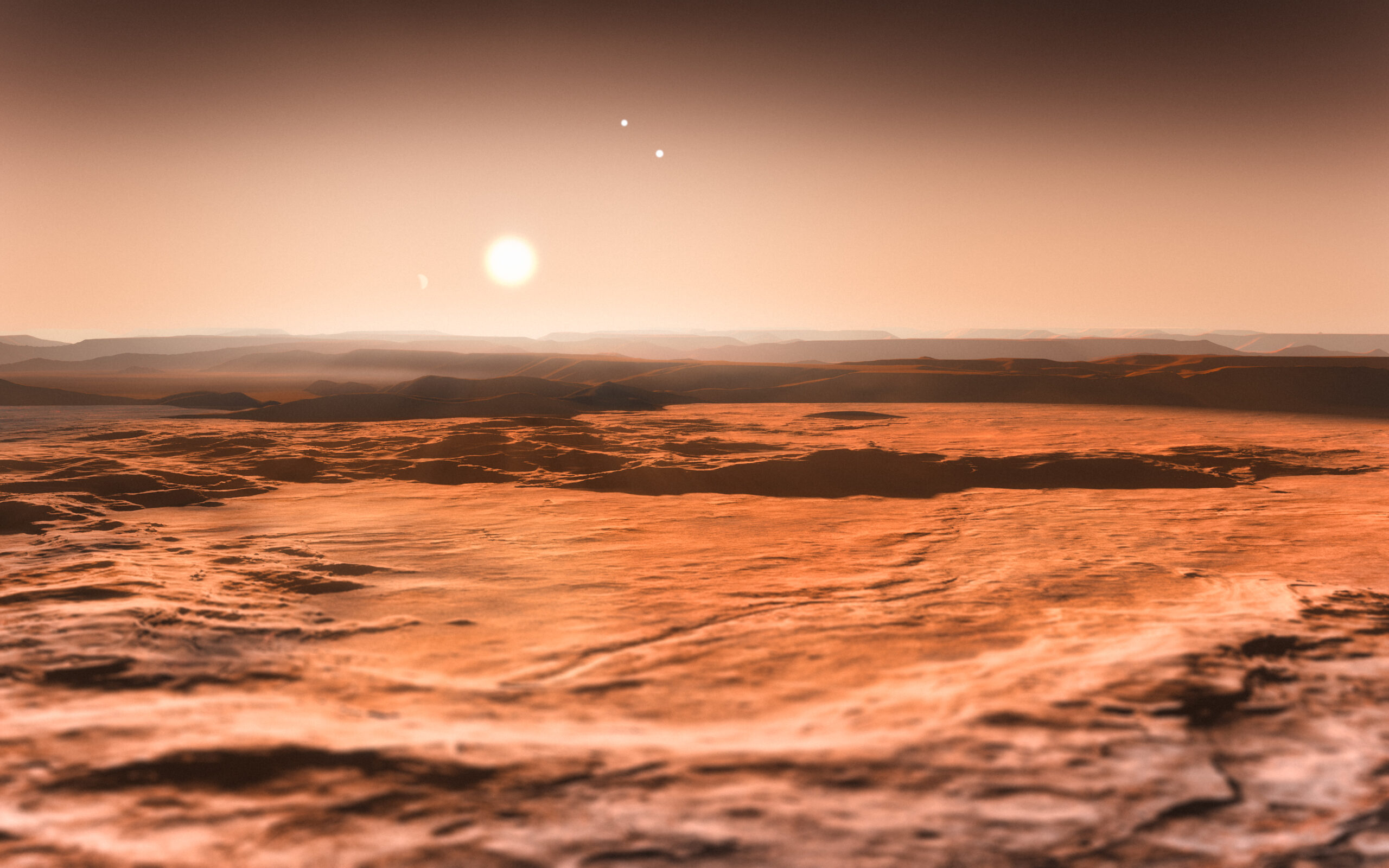
Draped in the shadows of its red dwarf star, LHS 1140 b stands as a sentinel of possibility. Larger than Earth and potentially rich with water, it offers a fresh perspective on what an alien world might be. We picture a realm cloaked in mystery, where life might flourish beneath a canopy of clouds, shielded from the harshness of space. Is this the backdrop to a society that has adapted to thrive in dimly lit environments?
Its mass—greater than that of our own Earth—hints at a strong gravitational pull, a force that could sculpt life forms rooted deeply into the planet’s surface. Could there be organisms with adaptations unimaginable to our carbon-based existence, thriving in ways we have yet to comprehend? LHS 1140 b invites us to stretch our imaginations beyond the familiar, challenging our perceptions of life’s forms and functions. It’s an exercise in expanding our vocabularies of possibility.
5. Ross 128 b
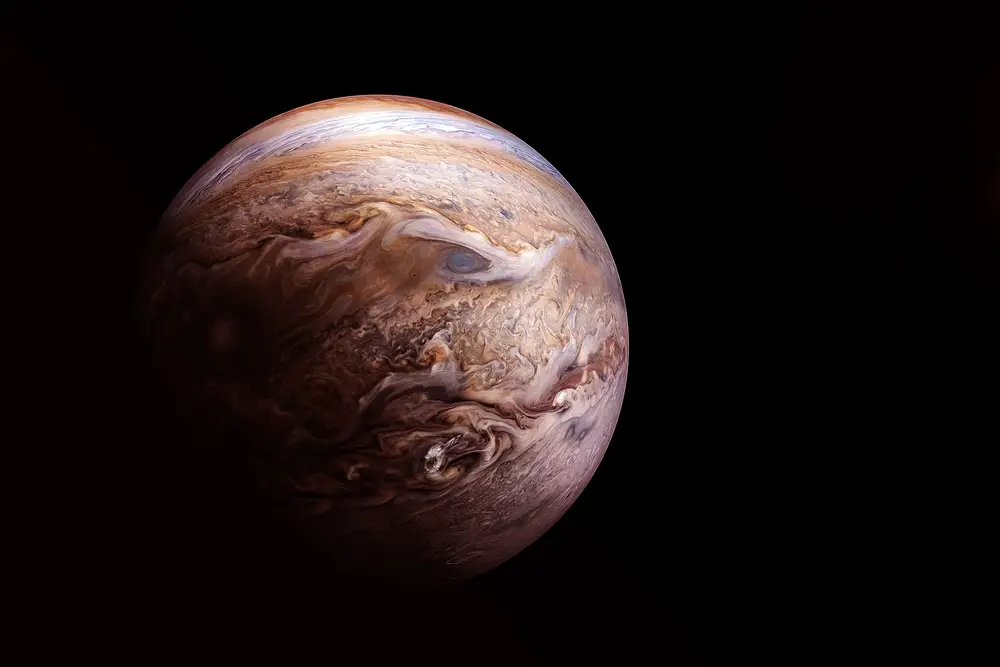
As serene as it is intriguing, Ross 128 b orbits its star with a quiet grace. This planet finds itself nestled comfortably in the habitable zone, where life-sustaining conditions might just be a reality. Xavier Bonfils, in his research published in Astronomy & Astrophysics, emphasizes how Ross 128 b’s “temperate climate” could be conducive to life. It’s a tease, a whisper of potential life forms that could be crafting their own history under a gentle sky.
Ross 128 b has captured the imaginations of many, offering a tantalizing glimpse into a world that might not be so different from our own. We wonder if its residents are pondering the vastness of the universe, asking questions that mirror our own existential queries. Is there a sense of kinship between our worlds, a shared curiosity that binds us across the void? This planet is a reminder of our shared cosmic heritage, a beacon of what could be.
6. Gliese 667 Cc
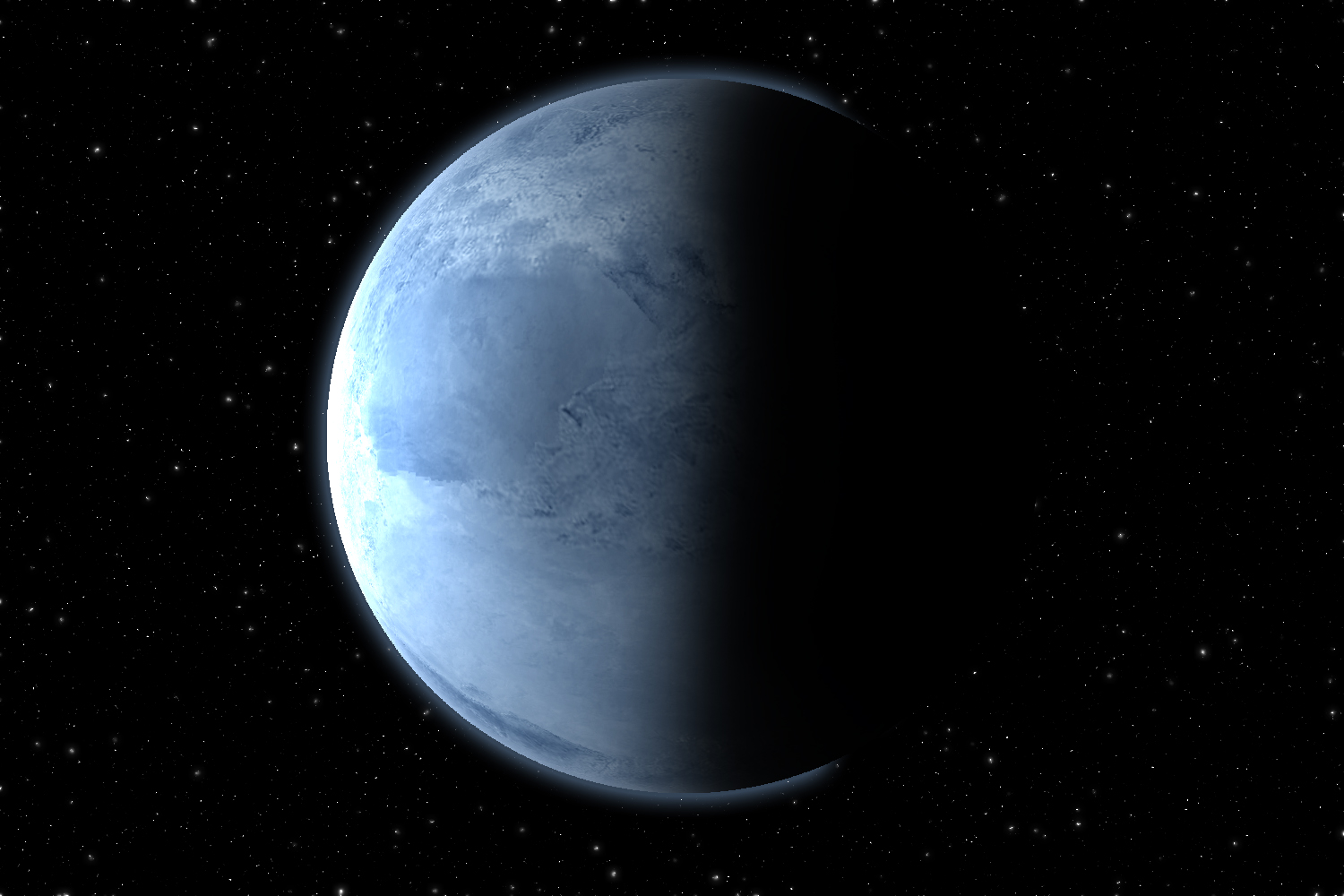
Gliese 667 Cc is like that distant relative you’ve never met but feel inexplicably connected to. Part of a triple star system, it resides in the habitable zone, flirting with the possibility of life. Imagine a world where sunsets are painted by multiple stars, each casting its own hue across the sky. It’s a place where life could thrive under the watchful eyes of multiple celestial bodies.
But this planet also challenges our understanding of loneliness and community in the cosmos. Could its inhabitants feel a stronger sense of belonging, surrounded by the presence of three suns? Does this create a culture that values connection, both in the sky and on the ground? Gliese 667 Cc invites us to ponder how cosmic environments shape not just life, but the societies that emerge from them.
7. Tau Ceti e
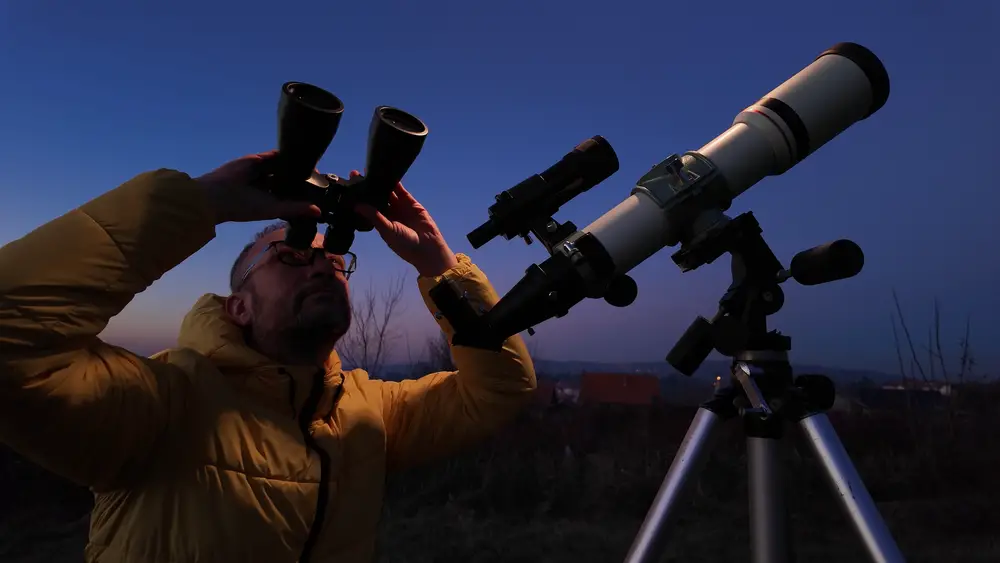
Often overlooked, Tau Ceti e orbits a star not unlike our own sun, quietly holding promises of life. It’s one of the most Sun-like stars with a known planet in its habitable zone, sparking debates among scientists and dreamers alike. A study by Mikko Tuomi from the University of Hertfordshire highlights how its “potential for a stable climate” makes it a compelling candidate. We picture a world steeped in balance, where life might unfold in harmonious complexity.
Yet, in its quiet orbit, there is a profound allure. Could life here have developed technologies or philosophies that mirror our own, or perhaps diverge in ways we can’t yet fathom? Is this a world where the search for meaning is as deeply rooted as it is in our own hearts? Tau Ceti e invites us to imagine lives lived under a familiar sun, exploring the nuances of existence in a universe that seems vast yet intimately connected.
8. K2-18b
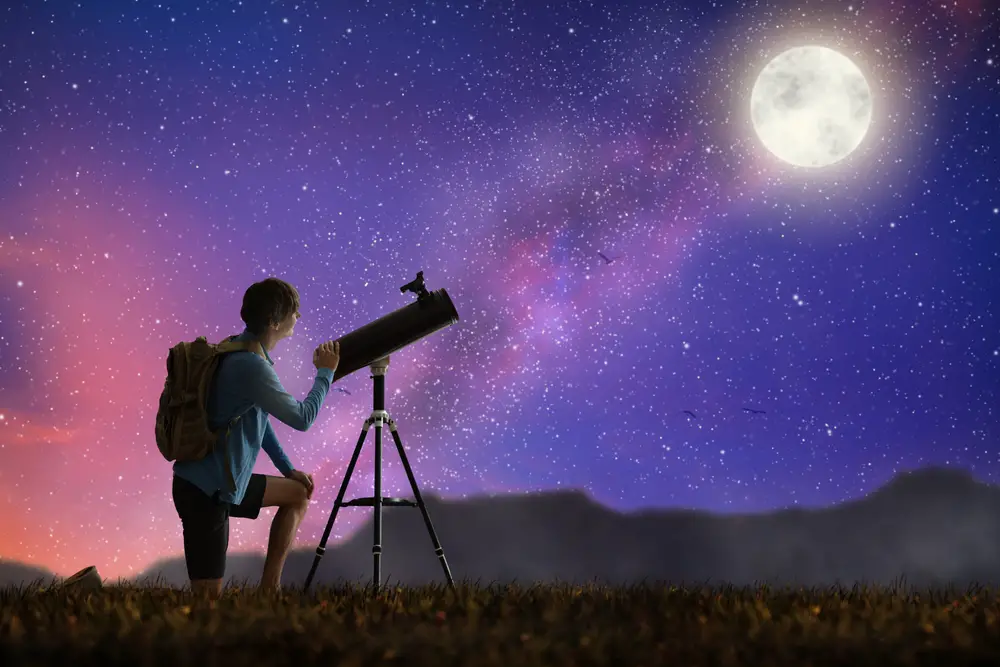
K2-18b is a world steeped in the theatrical allure of clouds and storms. With seasons driven by a distant red dwarf, it evokes images of a dynamic atmosphere alive with possibilities. Imagine life forms accustomed to frequent meteorological drama, adapting to climates that swing between extremes. Could they have evolved to become as fluid and adaptable as the weather patterns on their planet?
The real intrigue, however, lies in the cloud tops where scientists have detected signs of water vapor. This discovery teases us with the possibility that life, in some form, might exist above the tumultuous surface. Could organisms hover in the skies, thriving in an aerial ecosystem that defies our earthbound logic? K2-18b challenges us to rethink our definitions of habitat and home, inviting us to explore life beyond the ground we know so well.
9. HD 40307 g
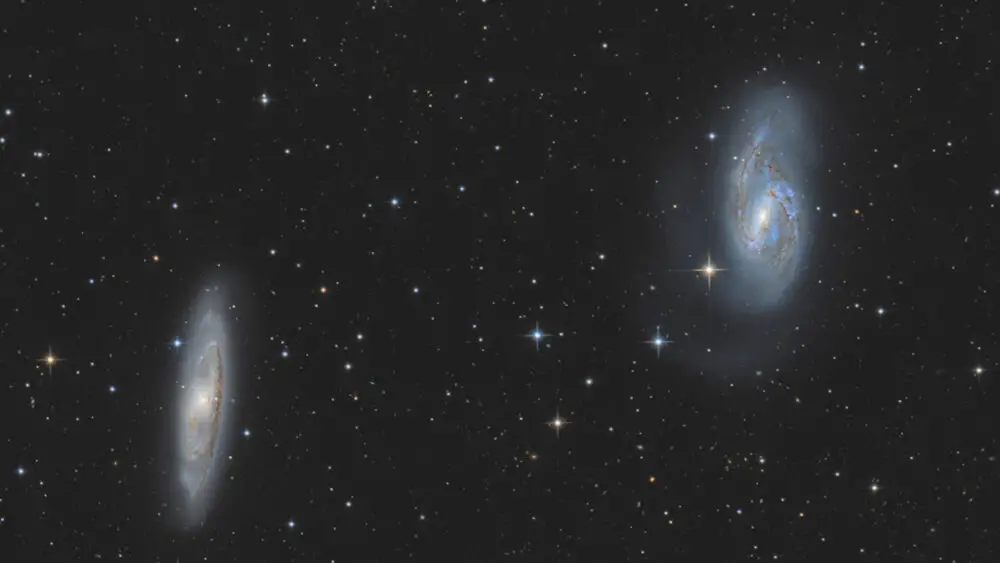
Residing in a six-planet system, HD 40307 g is a tantalizing prospect for seekers of alien life. Positioned in the habitable zone, its potential for oceans or lakes ignites dreams of aquatic mysteries waiting to be unveiled. Imagine a world dominated by water, where life might glide gracefully through vast, unexplored depths. What technologies would be born from a civilization nurtured by the sea?
Yet, the allure of HD 40307 g extends beyond its surface. It’s a world that beckons us to consider the myriad forms life might take, each adapted to its unique environment. Could it be home to sentient beings who have mastered the art of living with the tides, their culture shaped by the rhythm of water? This planet invites us to dive deep into our imaginations, exploring the potential of life that ebbs and flows in harmony with its aquatic surroundings.
10. Kapteyn B

Old and wise, Kapteyn b is a veteran of the cosmos, orbiting a star much older than our sun. This ancient world has had ample time to develop life, perhaps even evolving beyond our understanding. Imagine a civilization with eons of wisdom, observing the universe with a perspective honed over billions of years. What philosophies might emerge from such a rich history?
In its antiquity, there lies a profound beauty—a testament to the endurance of life against cosmic odds. Could its inhabitants have mastered technologies that make our advancements seem rudimentary by comparison? Or have they found peace in simplicity, valuing knowledge and understanding over progress? Kapteyn b challenges us to consider the lessons an ancient world might offer, inviting us to look beyond the present to the deep time of existence.
11. Wolf 1061c

Wolf 1061c orbits its star with a sense of urgency, a world on the move in a dynamic dance with its celestial partners. It’s a planet that captures the imagination with its potential for life, nestled in the habitable zone. Imagine a society that thrives under the influence of its star, adapting to its intense gravitational pull and the shifts in energy it provides. Could their resilience inspire us to reconsider our own relationship with the cosmic forces that shape us?
Yet, this world poses a question of stability, a challenge that life must overcome to flourish. Could its inhabitants have developed unique solutions to ensure survival, fostering innovation and creativity? Is this a planet where adaptability is key, where life must be as dynamic as the world it inhabits? Wolf 1061c invites us to explore the interplay between environment and evolution, offering insights into the resilience of life.
12. GJ 3323 b
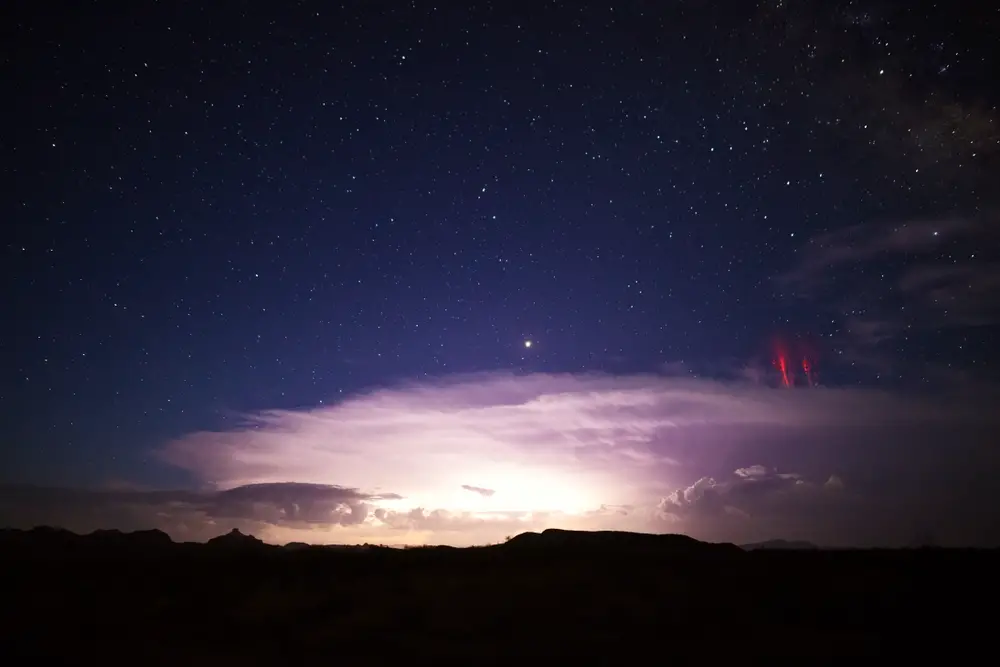
GJ 3323 b orbits a dim red dwarf, a planet shrouded in the soft glow of its star’s light. This quiet world, potentially part of a larger system, holds its secrets close, whispering promises of life under its muted skies. Imagine a civilization that thrives in the shadows, where vision has adapted to perceive beauty in subtle hues. Could their culture celebrate the understated, cherishing the quiet moments between cosmic events?
This gentle light fosters a unique environment, one that encourages reflection and introspection. What if its inhabitants have cultivated a society that values harmony and balance, learning from the consistency of their star? Is this a world where life finds beauty in the shadows, embracing the calm and quiet of existence? GJ 3323 b beckons us to consider the allure of subtlety, inviting us to appreciate the gentle rhythms of a life lived in quietude.
13. YZ Ceti b
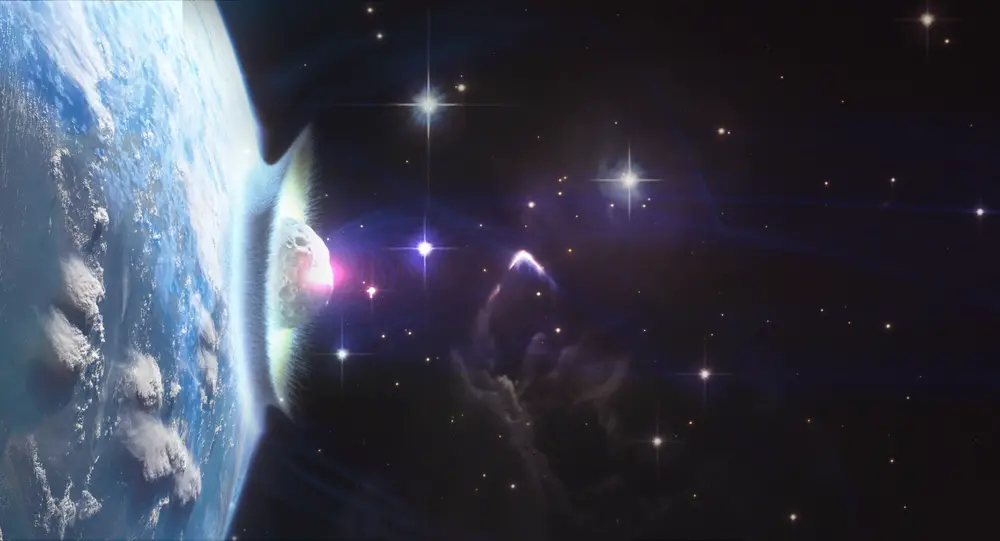
In the quiet corners of the cosmos, where YZ Ceti b resides, a world of possibilities unfurls. This planet, orbiting close to its star, tantalizes with the promise of warmth and life. It’s a place where heat and energy might spark the flame of existence, igniting a society that thrives in the glow of its sun. Could this be a world of passion, where life embraces the intensity of its environment?
Yet, with proximity comes vulnerability, a reality that shapes the existence of its inhabitants. Could they have evolved defenses against the fluctuations of their fiery neighbor, crafting a way of life that respects the power of their star? Is this a world where resilience is paramount, where life must be strong to withstand the forces at play? YZ Ceti b invites us to consider the delicate dance between vulnerability and strength, offering lessons in the art of survival.
